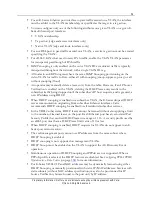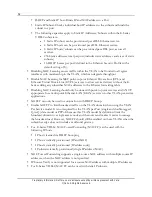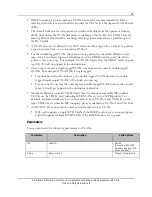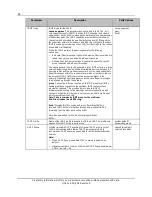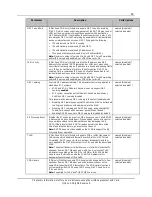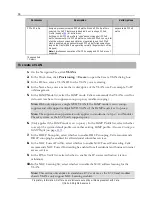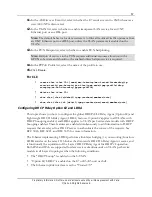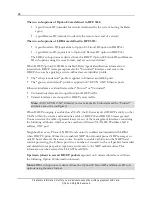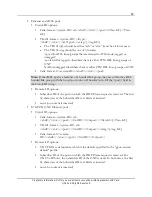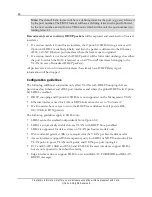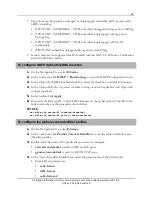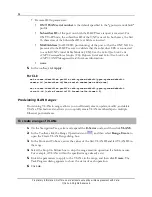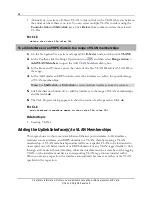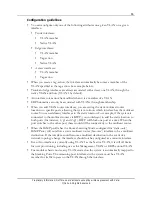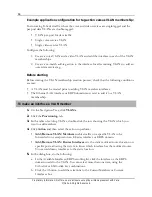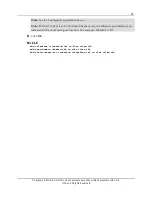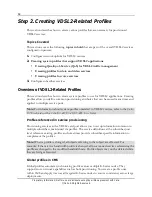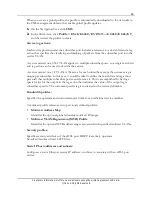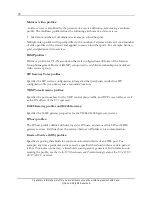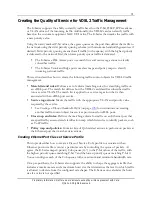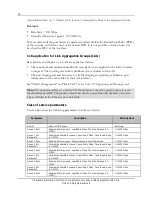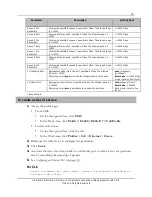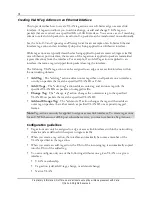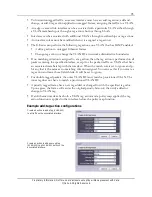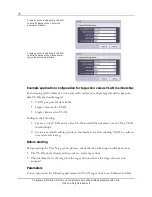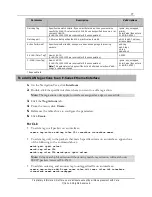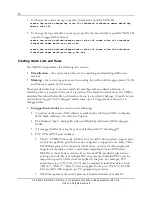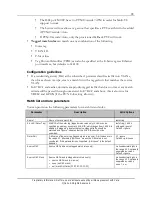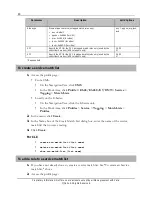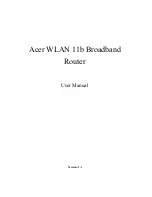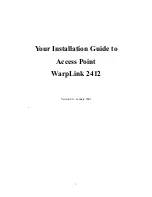
65
Proprietary Information: Not for use or disclosure except by written agreement with Calix.
© Calix. All Rights Reserved.
Configuration guidelines
You can configure only one of the following attributes on a given VLAN on a given
interface:
Trunk interfaces:
VLAN member
Native VLAN
Edge interfaces:
VLAN member
Tag-action
Native VLAN
Access interfaces:
VLAN member
Tag-action
When you create a tag-action, the interface automatically becomes a member of the
VLAN specified in the tag-action. See example below.
Trunk and edge interfaces are always associated with at least one VLAN, through the
native VLAN attribute (VLAN 1 by default).
An interface role cannot be modified when it is a member of a VLAN.
ERPS domains can only be associated with VLANs through membership.
When you add VLAN router interfaces, you are setting the static multicast router
location on specific ports, allowing the system to know which interface has the multicast
router. You can add many interfaces to the static location. For example, if the system is
connected to the multicast router via RSTP, you would want to add the static location to
both ports (for instance, 1/g1 and 2/g1). RSTP will block one port at a time. When the
port switches to the other port, there would still be connectivity to the multicast router.
When the IGMP profile has the Router Learning Mode configured for 'static-only',
IGMP Proxy will not allow a static multicast router ('mrouter') interface to be a multicast
destination. If the interface could become a multicast destination in the event of a
network topology change, the interface should not be configured as a mrouter interface.
Even if no interface is currently using VLAN 1 as the Native VLAN, it is still off limits
for user provisioning, including use as the Management VLAN or ERPS control VLAN.
For modular chassis nodes, any VLAN created on the system is automatically mapped to
the Stacking Ports. The remaining port interfaces in the system must be a VLAN
member for traffic to pass on the VLAN through the interface.

